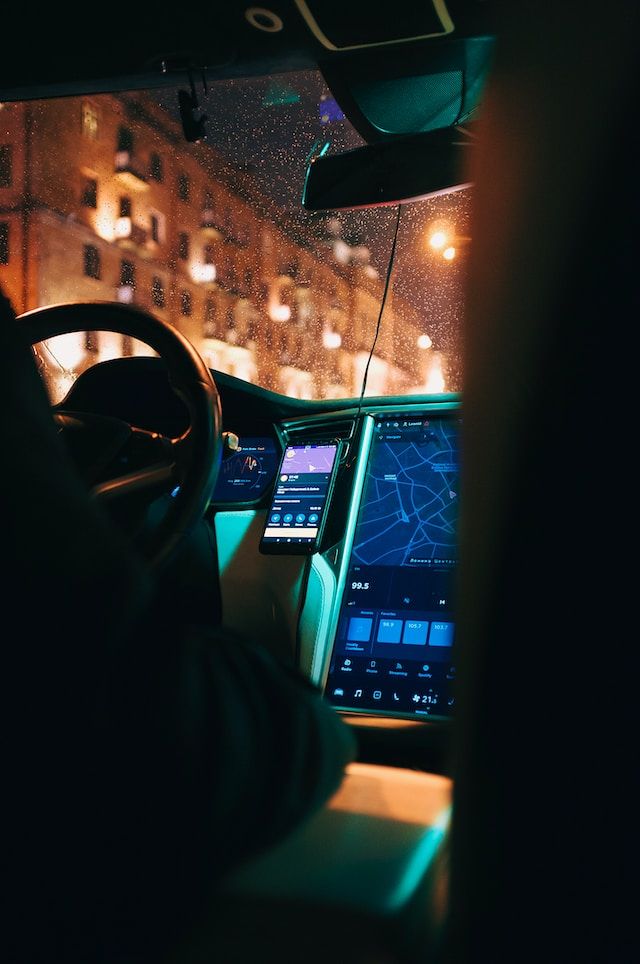How can “human mobility science” level up our cities?

New research explores potential solutions to inequalities and climate issues in cities, based around the understanding of how people move around.
Professor Ed Manley in the School of Geography collaborated with researchers from the Institute of Information Science and Technologies of the National Research Council of Italy (ISTI-CNR), the IT University of Copenhagen (ITU) and the Technical University of Denmark (DTU).
They are the leading experts in “human mobility science".
In the paper, titled ‘Future directions in human mobility science’, the authors argue for a better understanding of how people move about their environments, and describe how new data and methods is enabling a new science of human mobility research.
Professor Ed Manley says: “We know tentatively that pedestrians and motorists don’t always follow the optimal route from A to B, but are influenced by urban features, such as landmarks, distance and direction of the lens.
“However, we still don't quite know how: we are still exploring new and different decision modelling mechanisms to uncover the deeper mechanisms that control our movements."
New technologies shape urban mobility
The researchers list the gaps in existing research about new forms of transportation and AI technologies that shape many people’s movements. These could be public mobility services such as Uber and navigation apps such as Google Maps.
The apps can have complex effects on cities: they can improve urban mobility but they can take people off public transport; they can offer the fastest route to a location, but they might not account for fuel consumption; and their programming may include biases about different socio-economic areas.
According to the scientists, it’s essential to deepen our understanding of the cognitive aspects related to the navigation of cities, a "concept of which we still know very little".
Luca Pappalardo, researcher at the ISTI-CNR, says:
GPS navigation applications have become widely used, but their impact on the urban environment is still largely unknown. For example, our preliminary research shows that these apps can increase total CO2 emissions in the city and average journey time.
Understanding and improving technologies could, then, contribute to positive effects on the climate. In their paper, the researchers outline how mobility science can create much-needed solutions to the problem of climate change as well as social issues.
They address social inequalities and equal access to resources as a priority for sustainable and inclusive cities.
Laura Alessandretti, a professor at DTU says: “Car-oriented cities, for example, contribute to residential segregation, while limited job accessibility for low-income groups perpetuates inequalities.
“Multimodal transport, which offers a range of options for reaching destinations without depending solely on cars, has the potential to reduce inequalities and promote social inclusion.”
Vedran Sekara from ITU concludes: “We are on the verge of a new way of experiencing and exploring the city, with technology at the forefront. The new science of mobility helps us to fully understand these issues.”




